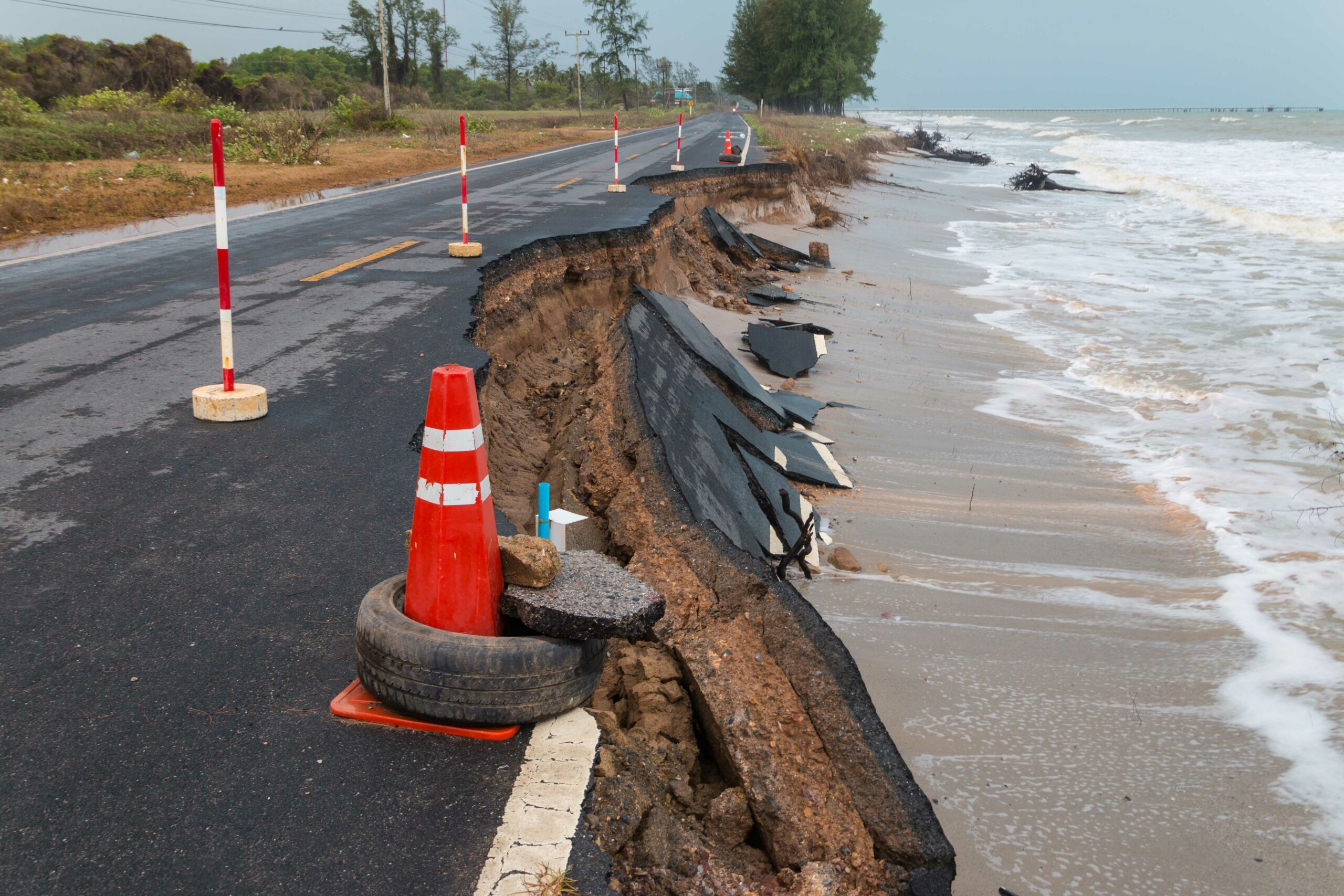The Australian Climate Service (ACS), working with the Department of Climate Change, Energy, the Environment and Water (DCCEEW), recently delivered Australia’s first National Climate Risk Assessment (the National Assessment).
The National Assessment has identified to what degree Australia’s people, infrastructure, the economy, and landscapes are exposed and vulnerable to climate change now and over the rest of the century.
It provides a first national baseline of current climate risks, including new and emerging risks. It informs national priorities for climate adaptation and resilience actions through the National Adaptation Plan and provides a framework for other assessments of climate risks.
IMOS data informed 46 publications cited in the National Climate Risk Assessment, and three of the supporting technical reports (Natural Ecosystems: Marine; Antarctica and Climate Change; and Primary Industries).
The data came from marine observing infrastructure that covers the breadth of the IMOS program and included 23 Facilities/sub-Facilities:
- Argo Floats (Biogeochemical Argo Floats),
- Ships of Opportunity (Expendable Bathythermographs, Biogeochemical sensors, Australian Plankton Survey, SST Sensors, Air-Sea Fluxes),
- Deep Water Moorings (Southern Ocean Time Series Observatory, Deep Water Arrays), Benthic Monitoring (National Reef Monitoring Network, Understanding of Marine Imagery),
- National Mooring Network (Southern Australia Moorings, Western Australia Moorings, National Reference Stations, Acidification Moorings, Larval Fish),
- Animal Tracking (Acoustic Telemetry, Animal Tagging),
- IMOS OceanCurrent,
- Satellite Remote Sensing (SST Products, Ground Stations, Satellite Altimetry Calibration and Validation, Surface Waves).
Key climate risks to the Natural environment system: Marine and estuarine
The National Assessment summary reinforces that Australia’s marine and estuarine environments are experiencing significant climate change impacts. Ocean warming and changing ocean currents and acidification are affecting biodiversity and ecosystem services. Coral reefs, such as those in the Great Barrier Reef and Ningaloo World Heritage areas, are particularly at risk. Seagrasses and mangroves are also impacted by warming, sea level rise and altered storm patterns. The poleward migration of the East Australian Current is intensifying the ‘tropicalisation’ of temperate ecosystems, posing high risks to coastal temperate ecosystems.
Planning for adaptation
The National Adaptation Plan responds to the findings of the National Climate Risk Assessment, providing guidance on how Australia needs to adapt to climate risks and build our national resilience to climate impacts.
